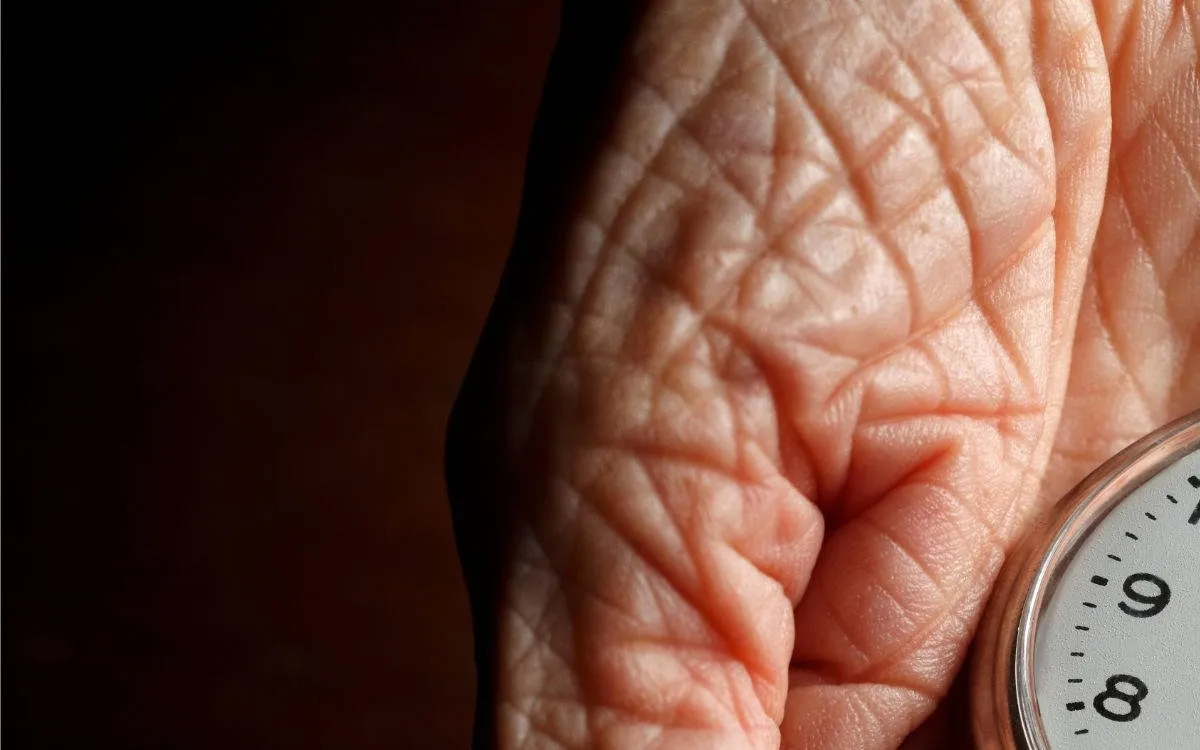
Uncovering the secrets behind their immortality could provide valuable insights into aging in mammals, including humans. As we age, the body undergoes natural changes, such as the gradual loss of neurons and muscle mass, along with a decline in fertility and the ability to heal wounds. Previous studies in various animals have identified several strategies, including exercise and calorie restriction, that can slow the aging process or rejuvenate specific tissues. However, the challenge of reversing aging in blood cells or across an entire organism has remained elusive.
Longhua Guo, Ph.D., an assistant professor of Molecular and Integrative Physiology and Cell and Developmental Biology at the U-M Medical School, has turned his attention to planarians (Schmidtea mediterranea) as a promising model for aging research. These fascinating creatures are known for their remarkable ability to regenerate body parts, even growing new heads after being decapitated. “People have been aware of planarians’ regenerative capacity for more than 100 years. But very little is known about how they regenerate and why they live seemingly forever,” said Guo, who is also a member of the U-M Institute of Gerontology.
His lab is meticulously examining the aging process in sexually reproducing planarians to define their age more accurately, starting from the zygote stage.
From fertilization to about 18 months, planarians exhibit signs of decline similar to mammals, including the loss of neurons, muscle, and diminished fertility. One of the most apparent signs of age in these creatures is the abnormal changes in their eyes over time. Interestingly, when older planarians had their heads removed, they were able to regenerate new heads with normal eyes. Further investigations revealed that these regenerated worms not only improved in fertility but also showed renewed physiological performance when compared to their older counterparts. These significant findings were published in the journal Nature Aging.
Unlike mammals, Guo’s team discovered that planarians do not lose adult stem cells with age. Their study demonstrated that regeneration can reverse age-associated transcriptional changes across various tissues. “In the older planarians, not only did they not lose their regenerative capacity, but they can also still completely regenerate. This is different from many species, suggesting they possess mechanisms that support longevity and healing even at much older ages,” Guo explained.
The research team also conducted a comparative analysis of single-cell sequencing data from planarians with datasets from aging mice, rats, and humans, including those subjects that underwent lifespan-extending interventions. They found that the signatures of aging in planarians are shared with those observed in aging mammals and, intriguingly, with lifespan-extended mice. Guo's next objective is to define the specific genes and cells involved in the regenerative program that contributes to planarians' ability to reverse aged states.
“The message of this study is that age-associated decline may be reversible at the whole-organism level, not just for planarians, but potentially for other organisms as well,” he concluded.
These groundbreaking findings pave the way for a deeper understanding of the aging process and highlight the potential for regenerative medicine to address age-related declines in humans. As researchers continue to explore the unique properties of planarians, the hope is that we may one day unlock the secrets to extending the healthy lifespan of mammals, including ourselves.
Reference: “Regeneration leads to global tissue rejuvenation in aging sexual planarians” by Xiaoting Dai, Xinghua Li, Alexander Tyshkovskiy, Cassandra Zuckerman, Nan Cheng, Peter Lin, David Paris, Saad Qureshi, Leonid Kruglyak, Xiaoming Mao, Jayakrishnan Nandakumar, Vadim N. Gladyshev, Scott Pletcher, Jacob Sobota, and Longhua Guo, 3 April 2025, Nature Aging. DOI: 10.1038/s43587-025-00847-9
Funding: Glenn Foundation for Medical Research, Global Consortium for Reproductive Longevity & Equality, AFAR, The Pew Charitable Trusts, and the National Institute on Aging of the National Institutes of Health.